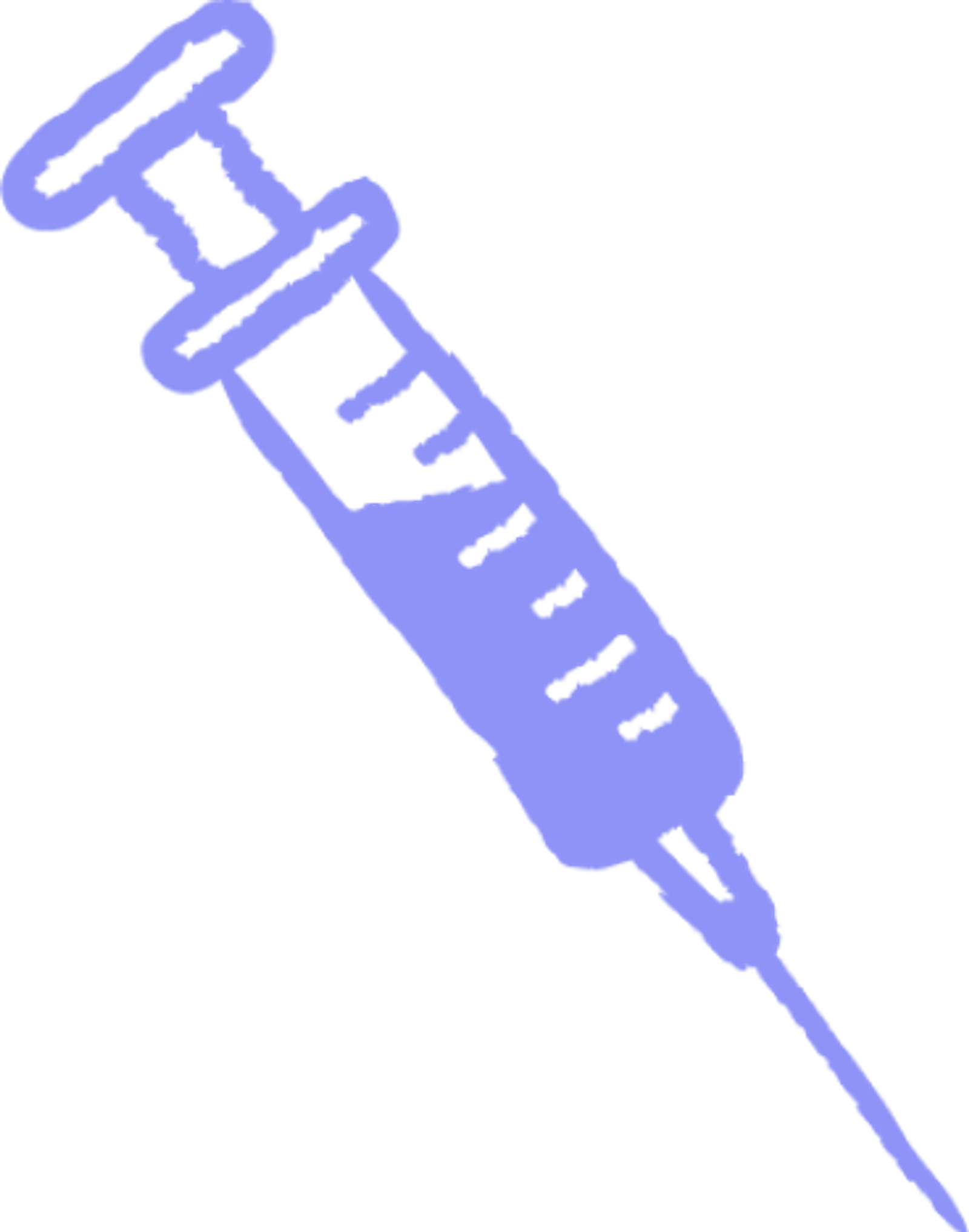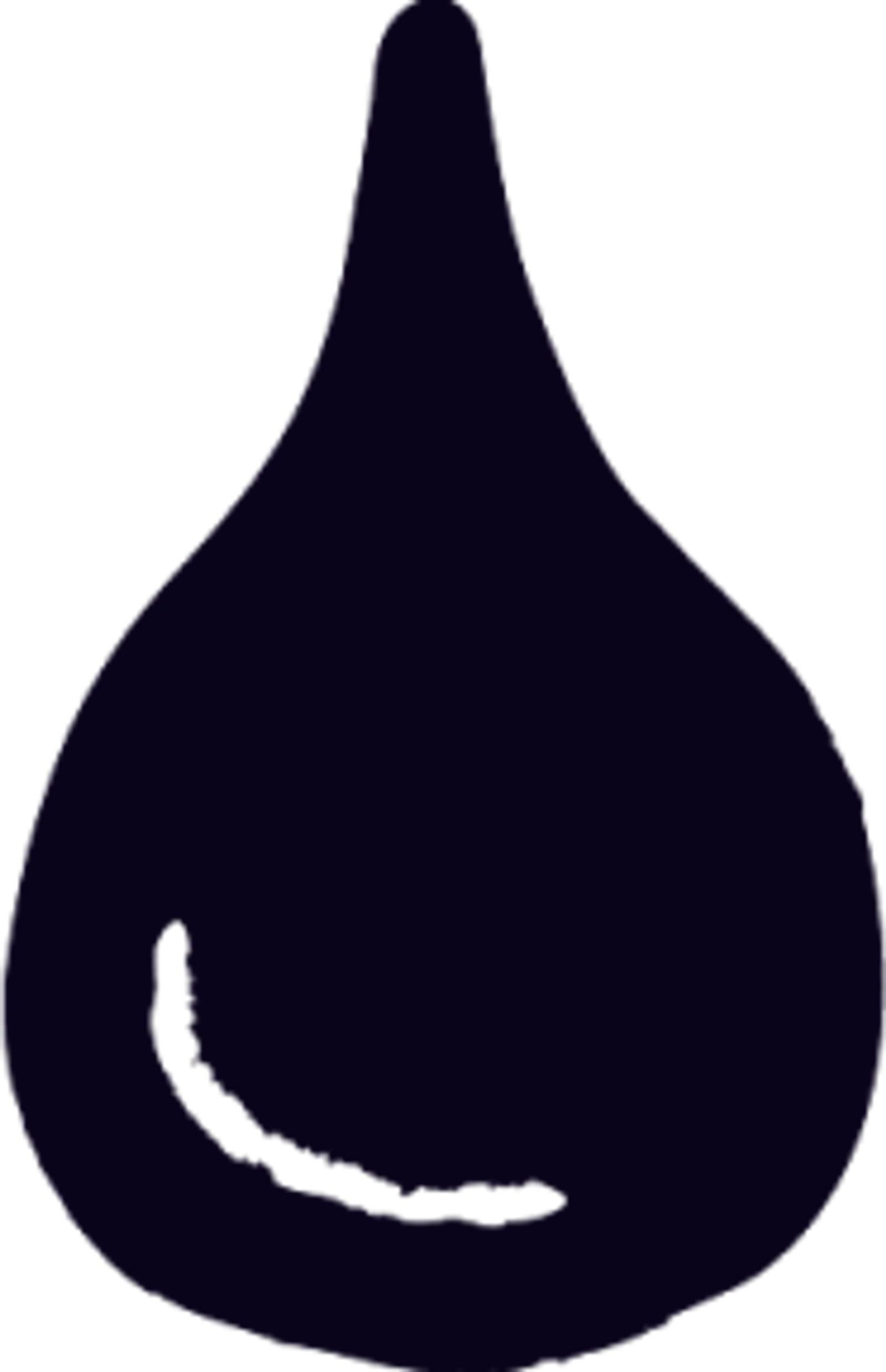Plasma 101
Who: Eligible donors between 18 and 64 can earn up to $560 a month in NY and up to $770 a month in FL.
What: Plasma is the yellow part of your blood that replenishes naturally.
Where: Queens, Brooklyn, The Bronx (NY), and Ft. Pierce (FL).
Why: Get paid to donate and help treat bleeding disorders, immune deficiencies, and more.
When: No appointment needed—walk in anytime before closing.
What to Do and Not Do Before Donating Plasma

What to Do and Not Do Before Donating Plasma
Plasma is one of the essential components of whole blood used for a range of human-based therapies. Your whole blood comprises red and white blood cells, plasma, and platelets. Red, white blood cells, and platelets make up about 45% of your whole blood, and plasma makes up the remaining 55%.
Plasma takes up the majority of the volume of your whole blood, so even though we only take your plasma and return your blood cells and platelets back to your body via a process called apheresis, there are some things you should and shouldn’t do to make sure you (and your donation recipients) get the most out of your donation.
Olgam Life goes through its recommended dos and don’ts when preparing to donate plasma.
What food should you eat before donating plasma?
Plasma is made up of
92% water.
7% proteins, including gamma globulin, albumin, and anti-hemophilic factor.
1% vitamins, minerals, fats, salts, and sugars.
Your body can only produce its essential components through what you consume.
Protein
Plasma is made up of 7% vital proteins, so it’s important to ensure your diet has enough protein to make these and meet the protein needs of the rest of your body. We advise that donors aim for their recommended daily protein intake at least. If you can maintain a balanced diet with enough protein, you’ll be able to donate and recover quickly. Still, focusing on a protein-rich meal the night and day before you donate is important.
The US Department of Agriculture has a recommended protein intake calculator you can use to determine exactly how much protein you need in your diet.
Iron
Before we begin the donation process, we measure your hematocrit levels. Hematocrit is the percentage of red blood cells in your whole blood. It's essential that these levels are sufficient to ensure you are not anemic and are healthy enough to donate. During the apheresis process, your red blood cells will be separated and promptly returned to your body.
Vitamin C
While heme iron comes from animal sources, non-heme iron is found in plant sources. Vitamin C can help increase the absorption of non-heme iron, which is especially important for people who follow a plant-based diet.
We recommend eating a full, healthy meal the afternoon or evening before and a similarly hearty meal on the day of your donation, ideally at least two hours before you arrive.
List of Best Foods to Eat Before Donating Plasma
So which foods are best to help your body make plasma? Here are some ideas.
Nutrient | Examples |
Protein |
|
Iron |
|
Vitamin C |
|
What to Eat for Breakfast Before Donating Plasma
Eating a breakfast high in nutrients and low in fat is the best way to prepare for the day of your donation. Opt for high iron and vitamin C foods that will help you replenish hemoglobin. Here are four ideas for great breakfasts to prep for your appointment at the center.
Spinach, Tomato, and Cheese Omelette
Iron-rich spinach, vitamin C-rich tomato, and protein-rich cottage cheese and eggs make this a nutritious and filling yet low-fat breakfast.
You’ll need:
2-3 eggs
1 cup spinach
1 medium tomato or a handful of cherry tomatoes
¼ cup cottage cheese
1 tbsp olive oil
Heat the oil in a pan. Add the tomato and saute for a few minutes, then add the spinach and allow it to wilt for a minute.
Whisk the eggs in a bowl together with the cottage cheese.
Pour the egg and cheese mix over the tomato and spinach into the pan. Cook until the eggs are set.
2. Iron-Boost Smoothie Bowl
This smoothie bowl, high in iron with complementary vitamin C to help the body’s iron absorption, is also hydrating and refreshing.
1 cup spinach
1 orange, peeled
½ a banana
¼ cup of chia or flaxseeds
½ cup of water, oat milk, or orange juice
Assorted fresh berries, nuts, and seeds to top
Blend the spinach, orange, banana, chia/flax, and liquid until the consistency is smooth.
Pour into a bowl and top with the berries, nuts, and seeds.
Banana and Nut Oatmeal
Low-fat, high-energy oats provide the boost you need on donation day, plus they’re high in protein. Add in fruit and nuts for extra protein, vitamins, and healthy fats.
½ cup oats
1 cup cow's milk or non-dairy milk
½ banana, sliced
¼ cup of nuts
1 tbsp of honey
On low heat, cook the oats and liquid for a few minutes, stirring continuously until thickened.
Either stir in the nuts and banana or serve on top of the oatmeal.
Top with honey.
Egg and Greens on Whole Grain Toast
For a hearty breakfast, opt for whole grains, which provide a boost of iron without spiking your blood sugar. Add to that iron-rich spinach, protein-rich egg, and avocado with healthy fats.
2 slices whole-grain bread
2 eggs
1 avocado
1 cup spinach
1 squeeze of lemon juice
Fry or poach the eggs to your liking.
Toast the bread and spread it with butter or spread if desired.
Wilt the spinach in a frying pan for 1-2 minutes, and add to the toast.
Mash or slice the avocado and add it on top of the wilted greens. Add the squeeze of lemon.
Top with the cooked eggs.
What Not to Eat Before Donating Plasma
Certain foods will make your donation process more difficult, or you could even be turned away. Here’s what to avoid or eat less of leading up to, and on the day of, your donation.
Food Group | Examples |
High fat and sodium | Chips, pizza, burgers, milkshakes, ice cream, candy, chocolate. |
High fiber foods | Dried fruits, beans, legumes, whole grains, |
High Fat and High Sodium Foods
When we test your blood to make sure it’s safe to collect, we need to be able to take accurate measurements. The heightened presence of lipids in the blood cells can result in a cloudy appearance in your plasma, which makes testing it difficult and potentially inaccurate.
In addition, these foods negatively impact your overall health and could lead to more complications, such as high blood pressure, making donation difficult. It’s best to keep them to a minimum.
High-Fiber Foods
Though high-fiber foods aren’t bad for your health, they can reduce the rate at which your body absorbs iron. While you shouldn’t avoid high-fiber foods as part of a balanced diet, you could try to limit your intake of them a few hours around your main meals when you plan to eat iron-rich foods.
What should you drink before donating plasma?
The best thing to drink before donating plasma is water. You can opt for bottled water or water from the tap. You can choose still or sparkling, whatever you prefer.
Another beneficial drink to have is a sports drink. Sports drinks like Powerade are isotonic, meaning they contain electrolytes that help the body absorb water and hydrate more quickly. You can also buy hydration tablets that can be dissolved in water.
If you don’t like the taste of water, you could opt for weak cordial, flavored water, or try adding slices of fruit to your water, such as orange or lemon. Remember to check the sugar content of flavored drinks as sometimes this can be high.
How much water should I drink before donating plasma?
Since plasma is over 90% water, it’s vital you’re well-hydrated in preparation for your appointment. You may be able to donate more plasma and even speed up the process. This also means your body can recover more quickly from the side effects of donating plasma.
So how much water is enough? Generally, it is recommended to drink nine to 13 cups of water per day. But this number can be affected by factors like exercise, weather conditions, and your own unique bodily needs. Take your recommended daily intake of nine to 13 cups of water every day, especially on the day before your appointment. Plus, the American Red Cross recommends drinking two more cups of water directly before donating.
Use this hydration calculator to determine how much water you need every day.
What drinks should you avoid?
Some drinks have diuretic effects (cause the body to pass more urine) or can cause a raised pulse. Here’s a list of drinks to avoid.
Fatty drinks like milk and hot chocolate.
Caffeinated drinks like coffee and tea.
Alcoholic drinks like wine, beer, and spirits.
Are there other ways to prepare for a plasma donation?
If you smoke or use tobacco, you should avoid ingesting any nicotine for two hours before your appointment.
If you’ve had Covid-19 you may need to wait at least 28 days following a negative test before you can donate.
Ensure you have a whole night’s sleep the night before your donation day, so you are well rested.
Wear comfy clothes and ensure your sleeves can be pushed up to your shoulders, or you don’t have sleeves at all.
Do you want to change someone’s life with a plasma donation? There are plasma donation centers across the whole United States. We operate seven donation centers across New York and Florida with friendly staff ready to make you feel comfortable and welcome. We also pay you immediately for your donations so you can easily supplement your income while helping those in need.
Check our FAQs to see if we can answer your other questions, or give us a call.
















